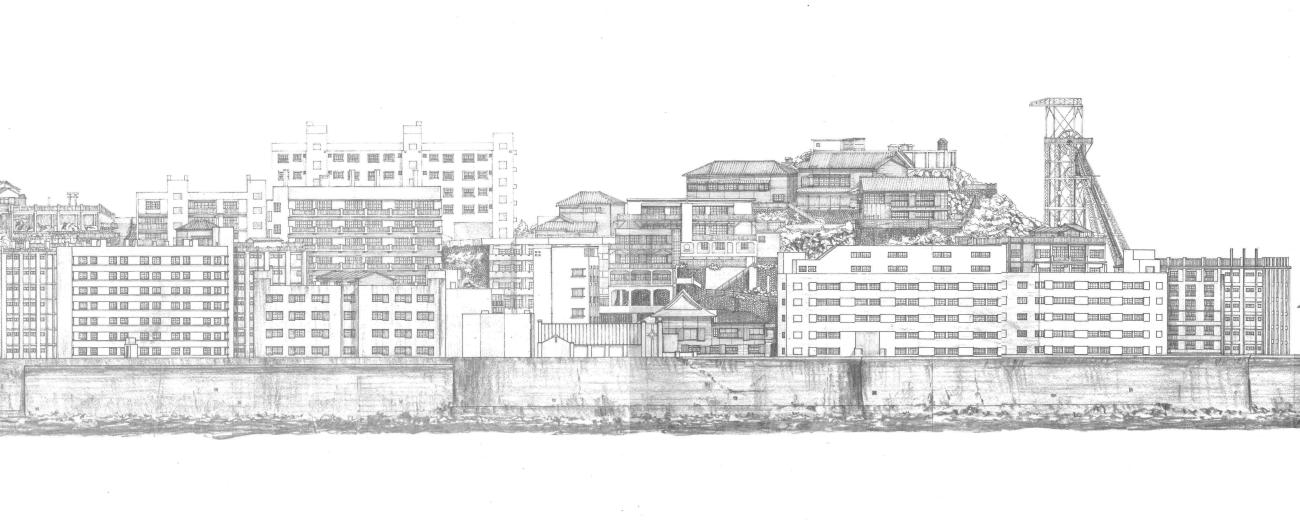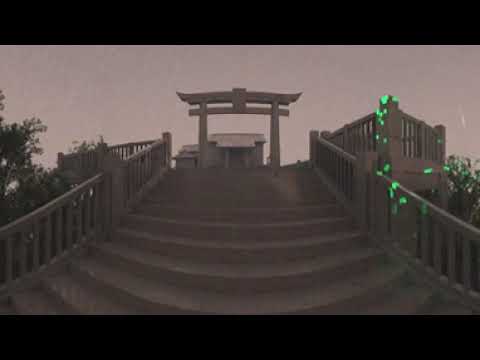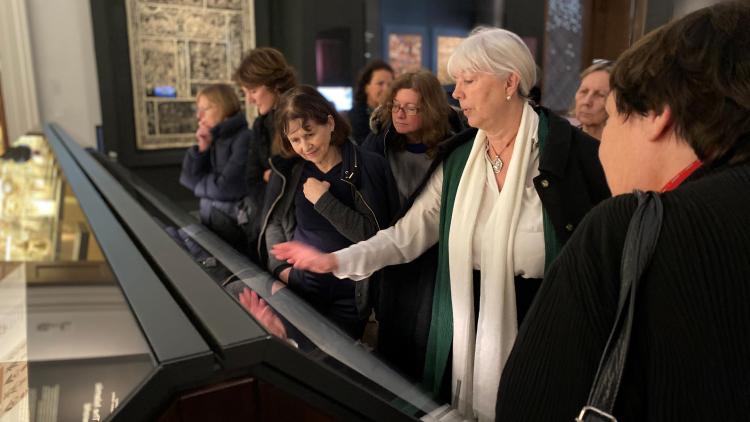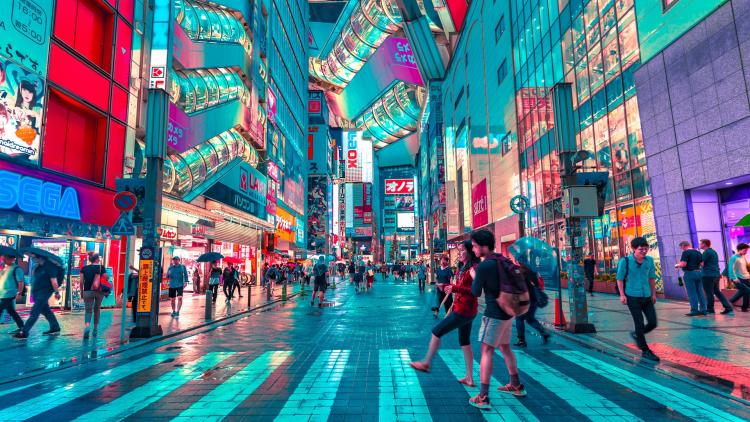The Hashima Virtual Reality Project: A hundred years of life on a tiny Japanese island


Background
We are an interdisciplinary team of historians, game developers, and heritage preservationists applying Virtual Reality (VR) technology to teleport users to an immersive experience of life on the Island of Hashima, known colloquially as Battleship Island (Gunkanjima). A tiny island 19 kilometres off the coast from Nagasaki City, Hashima was a significant source of coal for from the 1880s to the 1970s. Life on Hashima was characterised by the constant struggle against the forces of wind and sea. Today the island is an abandoned ruin. The civic infrastructure that gave the island its unique visage is slowly disappearing under its harsh environment.
For nearly a hundred years Hashima was the home for thousands of mine workers and their families. Their lives centred around a hodgepodge of concrete apartment buildings, a primary and secondary school, sento (public baths), a Shinto shrine and Buddhist temple, a ramen restaurant, pachinko parlour, and open-air food market – all crammed into the space of four football pitches.
An UNESCO World Heritage site since 2015, Hashima is also a contested site of historical memory. For the Japanese, it is a symbol of their industrial heritage. For its neighbours, the island is the scene of wartime forced labour of Koreans and Chinese for Japanese imperial expansion. Public commemoration of the island’s role in the industrialisation of the Japanese Empire has been fraught with controversy, and its designation by UNESCO as a cultural asset of "Outstanding Universal Value" intensified the difficult terrains of memory that border relations between Korea, Japan, and China.
Aims
Despite a tremendous visual record of the contemporary ruins, the historical records of life on Hashima are scattered and incomplete. Our project is unique for it is use of meticulously researched historical sources gleaned from company, prefectural and city archives, oral history interviews, contemporary GIS (Geographical Information System) and CAD (Computer Aided Design) data and private and public photograph collections. Our interdisciplinary approach to integrating historical research methods with virtual reality game design allows us to reconstruct – in accurate historical context – daily life on Hashima Island.
Immersive VR subtly shifts the power relationship inherent in conventional historical narratives. We are translating historical knowledge into an immersive first-person experience where the user sees and hears the unfolding of history through the details of daily life in a particular time and place. We aim to immerse visitors directly into the lives of the islanders – from young school children to wizened grandparents – to create a virtual space for experiencing and discussing the complex history of Hashima.
The experience of viewing a historical panorama in a VR headset is powerful. Our interactive historical experience generates a sense of immediate presence which allows users to better understand the past by experiencing a virtual reconstruction of the past. In VR, the story of Hashima will move beyond its status as a contested site of historical memory.
Working in close collaboration with game designers and architects, the project unleashes the capacity of game design engines to bring to life the architectural, geographical and cultural landscape of Hashima as an interactive experience of the day-to-day relationship between technology, environment, work, and society. The project is unique from other VR modelling of the past by using game design tools to create an interactive space for users to explore, engage and experience the details of everyday life on Hashima Island as it was in the 1960s.
During the first phase we are building an open access online streaming platform where scheduled guided tours of the island will be made available to users in English or Japanese. In the second phase of development, we will open the island for individual exploration. In the third phase we will reconstruct the collieries (the coal mine) for guided tours and individual exploration. The fourth, and most complex, phase will be designing an interactive gaming experience of the island from the 1920s to the 1970s.
Pixel Streaming technology will allow anyone with an internet connection and a VR headset, computer or mobile device to access our virtual world. For the user it is just like watching a video stream from a service like YouTube or Netflix, except for two things: Instead of playing back a pre-recorded video clip, the stream is playing back the rendered frames and audio generated by the Unreal Engine on our server, in real time, on their computer, headset or mobile device. And Users can control their experience with their VR controller, keyboard, mouse, or touch screen. Pixel streaming is the optimum means to deliver, and maintain, a complex VR application to a global user base.
Research Team
- Dr Christopher Gerteis, SOAS University of London and University of Tokyo, Institute for Advanced Studies on Asia
- Adam Kay, Unreal Engine Developer and Digital Asset Artist, United Kingdom
- Dr Barak Kushner, Cambridge University
- Jakob MacDonald, Unreal Engine Developer and Digital Asset Artist, United Kingdom
- Lauren Marsden, Digital Asset Artist, United Kingdom
- Dr Bill Mihalopoulos, University of Central Lancashire
- Dr Kyoichi Nakamura, Architect, ICHIU Architectural Concepts & Design, Nagasaki, Japan






